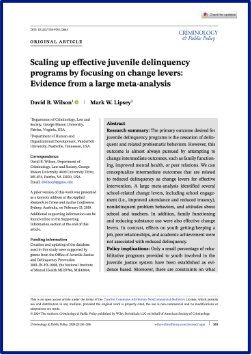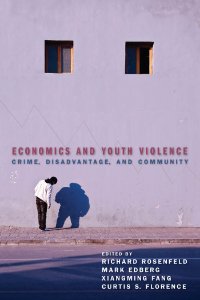By Melissa M. Labriola, Samuel Peterson, Dulani Woods, Michael J. D. Vermeer, Brian A. Jackson
Based on a one-day count, the number of youth held in juvenile justice facilities declined 77 percent between 2000 and 2020. As a result, the number of residential placement facilities has also decreased, by 50 percent. This decrease is starkest among large facilities, which have decreased 74 percent from 1997 to 2019. Facility closure has gained attention and support for several reasons, such as investments in alternative rehabilitation and community-based programs, cost savings, and recognition of the need to treat youth involved in the juvenile justice system with a focus on rehabilitation rather than punitive measures. The decisions to close these facilities are complex.
This report presents findings and recommendations from an expert panel that explored challenges and opportunities associated with closing juvenile residential facilities and implementing community-based alternatives. The highest-priority needs centered on equity and disparity and the need for family engagement throughout the punitive process. These results are pertinent to a wide audience, including justice-system stakeholders, community corrections practitioners, the research community, and funders or grant-making organizations
Rand. 2024. 24p.







